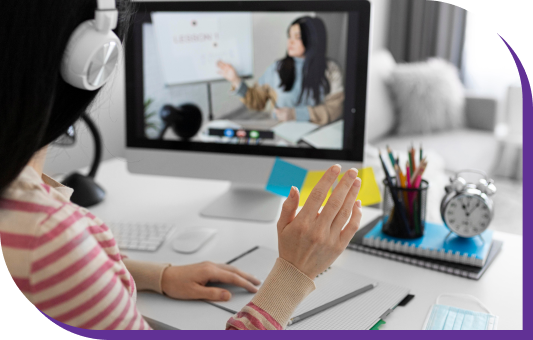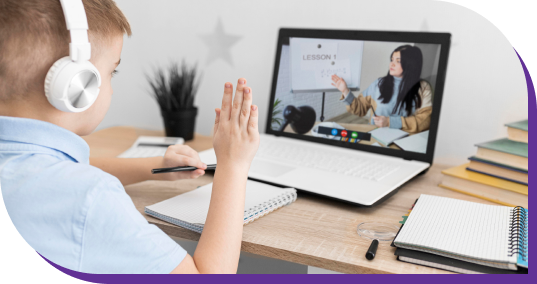
Although a wide variety of theories have been associated with communicative language learning, all of them seem to be based on two basic premises: (1) language is a tool for communication, and (2) students learn language by using it to communicate. Canale and Swain (1980) affirm that "the primary objective of a communication-oriented second language program must be to provide the learners with the information, practice, and much of the experience needed to meet their communicative needs in the second language."
be based on two basic premises: (1) language is a tool for communication, and (2) students learn language by using it to communicate. Canale and Swain (1980) affirm that "the primary objective of a communication-oriented second language program must be to provide the learners with the information, practice, and much of the experience needed to meet their communicative needs in the second language."
One hallmark of a communicatively-oriented language lab classroom is the frequent use of pair and small-group activities. The advantages of these activities are many: they increase opportunities for individual students to speak; they provide opportunities for students to negotiate meaning; they free up teachers to give individual attention to students; and they reduce anxiety by not requiring students to speak in front of the whole class. Commonly used activities include information gap activities, jigsaw activities, role plays, task-based activities, and paired interviews.

Communicative Language Lab methodology also makes extensive use of authentic texts, which are generally understood to be texts produced by native speakers for a native-speaking audience. These may include both oral texts (audio and video recordings, films, online video) and written texts (literary, journalistic, informative, advertising, etc.). Learners are encouraged to interact with a text and construct their own understanding of it. To aid in this process, instructors often conduct pre-listening or pre-reading activities to activate students' background knowledge of the topic and genre. Listening and reading activities may later be tied into productive activities in which students speak or write about the text or topic.



